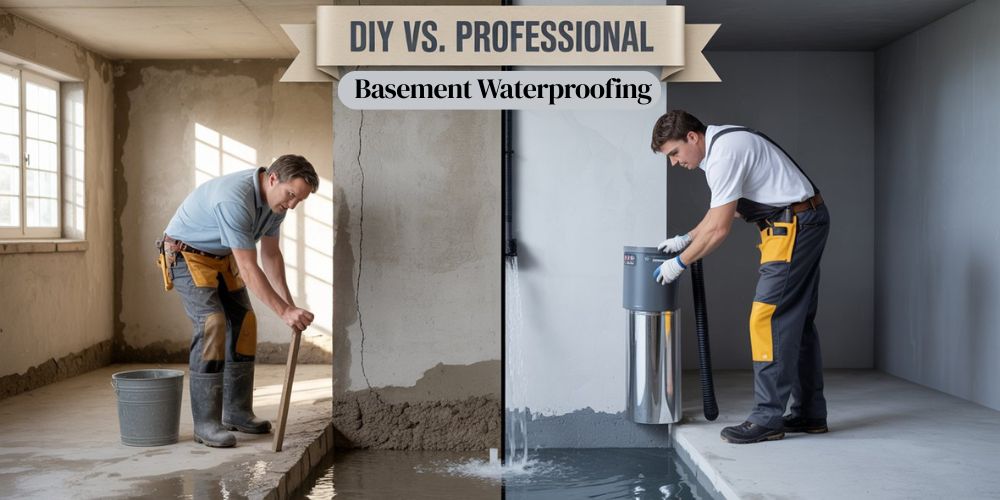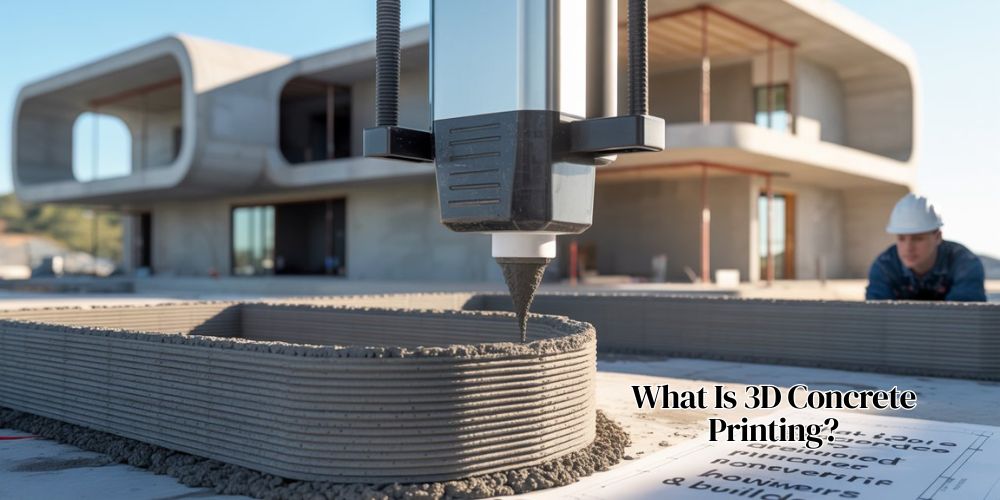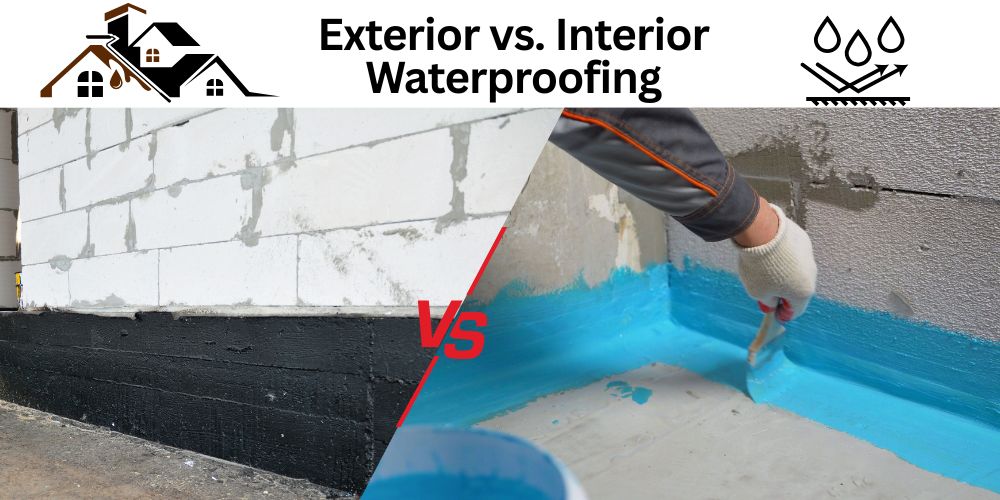The presence of natural disasters proves that homes become easily destroyed when they lack proper structural support. Natural disasters produce destruction through earthquakes, which destroy property within seconds. Modern homeowners benefit from building technologies that substantially minimize disaster impacts by implementing earthquake-proof foundation systems. People who inhabit earthquake-prone areas must prioritize getting an earthquake-proof foundation because this foundational element prevents building collapse and protects property.
Why Earthquake-Proof Foundations Matter
The ground movement during an earthquake produces diverse forces that extend vertically through buildings. The foundation needs to have built-in capabilities to absorb seismic forces because their absence endangers the entire structure. An earthquake-proof house foundation serves as the key defense against earthquake forces. These systems bend as seismic-resistant units after absorbing seismic forces while blocking their harmful transmission toward the structure.
The proper design of earthquake-proof foundations in buildings accomplishes two main goals: maintaining the house’s structural integrity when earthquakes occur and acting as a protective element during seismic events. The absence of these foundations allows moderate earthquakes to generate dangerous cracks while compromising house walls until buildings can collapse completely.
Key Features of Earthquake-Resistant Foundations
Engineers implement multiple design principles during foundation house construction and retrofit work to increase durability and shock absorption capabilities. Key features include:
- The controlled movement of an earthquake occurs through base isolation systems, which stand between a building and its foundation. This technique mitigates the amount of energy that reaches the supporting structure.
- Installing deep pile foundations requires engineers to drive long piles into deep, stable soil depths, which gives the house better anchorage.
- The resistance of reinforced concrete slabs to seismic movement depends on using elastic materials like rebar and concrete that do not break under stress.
- Utilizing flexible connections in home construction permits minor displacements between parts, thus reducing failure risks from fracturing and breaking.
- Building shears and bracing systems provide structural support against laterally directed forces that might cause buildings to tilt or collapse.
How Earthquake-Proof Foundations Are Installed
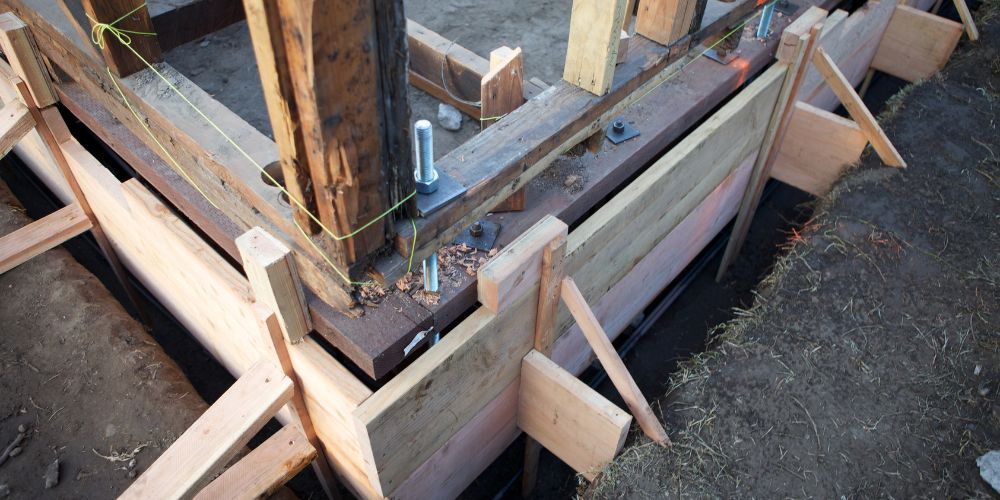
Qualified professionals need to perform the complicated installation procedure of earthquake-proof house foundations. Building a new home requires different steps, from retrofitting an existing house foundation to implementation, while both processes proceed as follows:
- Both engineers conduct soil tests simultaneously alongside slope evaluations and existing structure analysis.
- The development of customized earthquake-proof foundation designs proceeds from identified threat factors.
- Reinforcing materials, steel mesh, and rebar will be placed within the excavation site.
- The construction method requires concrete pouring to add a slab foundation or drive deep piles into the ground.
- Base Isolation Installation must include the placement of isolation pads or bearings between the foundation and the structure.
- The foundation receives inspections to validate compliance with all safety codes and standards.
Bolt anchoring and bracing element installation increase the seismic resistance of older buildings, preserving them without requiring demolition.
Earthquake Zones in Canada – Are You at Risk?

Even though Canada experiences less seismic activity than Japan and Chile, elevated seismic hazard zones exist. The highest-risk zones include:
- British Columbia presents the most significant earthquake danger in Vancouver and Victoria because of their proximity to active faults.
- Quebec (Charlevoix Seismic Zone) is known for frequent, moderate quakes.
- Seismic shaking occurs sporadically in Ontario in the Ottawa Valley region.
- Due to their tectonic activity patterns, protective regulations for building structures do not exist in Yukon and the Northwest Territories.
An earthquake-proof building foundation becomes indispensable for property owners in areas identified for seismic activity. Areas with medium-seismic vulnerability now require builders to follow new regulations for implementing safety measures against earthquakes.
Benefits of Earthquake-Proof Foundations
Building an earthquake-proof foundation provides homeowners with benefits that surpass traditional safety measures, with the following advantages:
- Enhanced safety for residents as it reduces the risk of injury or fatality during an earthquake.
- Such construction helps minimize expensive structural damage and building content destruction during earthquakes.
- Homes with seismic upgrades allow insurance companies to provide premium discount benefits to their owners.
- Properties with disaster-resilient features will receive increased market value because house buyers prioritize these qualities.
- Homeowners who receive protection against structural collapse through safety measures can focus on their safety because they are not worried about building failure.
Funds invested in well-built earthquake-proof house foundations yield enduring benefits for home safety and building security, alongside improved real estate value.
The Future of Earthquake-Resistant Home Design in Canada
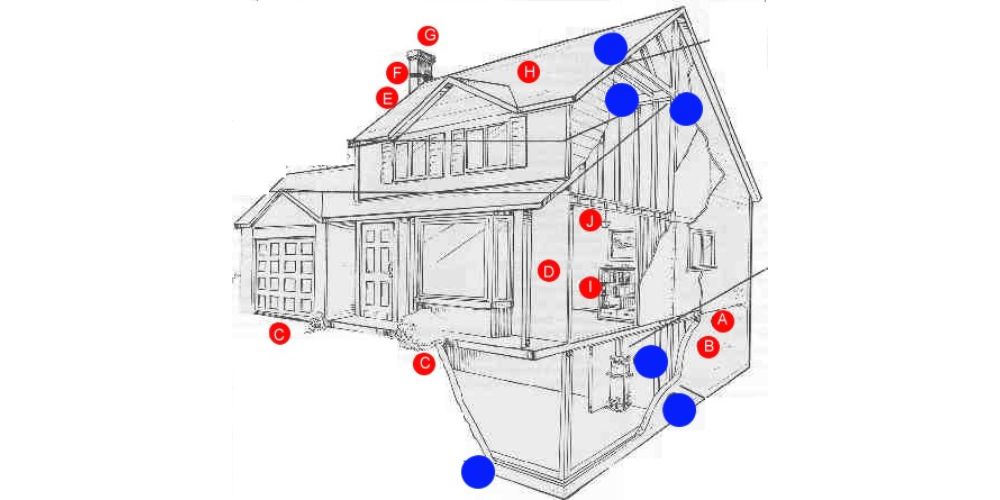
Stricter seismic safety standards now enter Canadian building codes because climate change and urbanization enhance disaster risks throughout the nation. The development of earthquake-proof foundation design has shifted towards flexible construction materials combined with energy-dissipating system frameworks and system monitoring capabilities that provide staff and residents with real-time ground movement information.
Vancouver and Victoria adopted new zoning regulations to promote earthquake-resistant construction while offering financing support for such projects. Government regulations will drive the incorporation of earthquake-prevention elements beyond luxury residences into general residential construction.
FAQs on Earthquake-Proof Foundations for Winnipeg Homes:
1. Is earthquake-proofing necessary in Winnipeg homes?
Earthquakes are rare but reinforcing foundations can help against shifting soil or floods.
2. What are the benefits of earthquake-resistant foundations in Winnipeg?
Improves structural strength and protects against soil movement and moisture.
3. How do I know if my Winnipeg home’s foundation is safe?
Cracks, moisture, or uneven floors are warning signs—schedule an inspection.
4. What foundation materials are best for earthquake protection in Winnipeg?
Reinforced concrete and steel bracing offer maximum durability.
5. Can I retrofit my current home foundation in Winnipeg?
Yes, foundation retrofitting is common and improves safety during extreme weather events.
Conclusion
All Canadian homeowners constructing new or renovating older properties should make a solid and dependable earthquake-proof foundation their foremost priority, especially if their location is in a geologically active region of Canada. Residential buildings have clear advantages, including property safety, risk defense, and enhanced market valuation.
We at Canadian Pro Home Improvements create and implement house foundations designed to withstand earthquakes for Canadian residential properties. Building structures with longevity as a key attribute against earthquakes is our expert team’s specialty, using materials of the highest industry standard and construction methods. Reach out to us to discover our solutions for safeguarding your residence and everyone in it, along with your imminent security and well-being.


